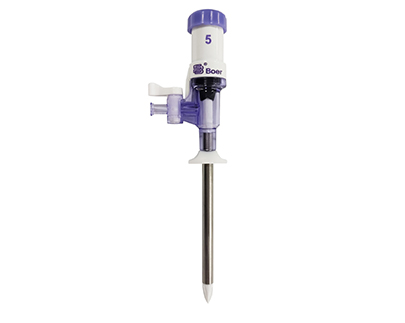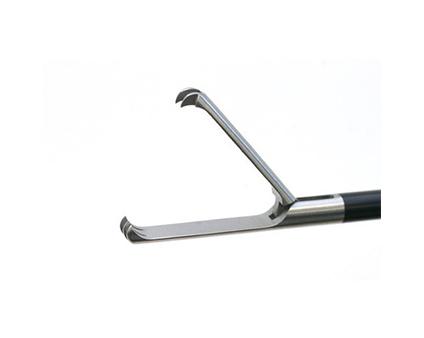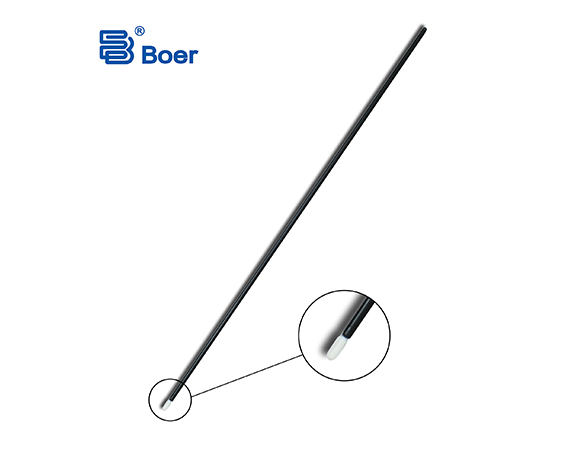The Role of Laparoscopic Specimen Bags in Minimally Invasive Surgeries: a Comprehensive Guide
Minimally invasive surgeries have revolutionized the field of medicine, providing patients with numerous benefits such as reduced scarring, shorter recovery times, and decreased post-operative pain. Laparoscopic procedures, in particular, have gained immense popularity due to their minimally invasive nature. One critical component that plays a vital role in these surgeries is the laparoscopic specimen bag. In this comprehensive guide, we will explore the importance of specimen bags in laparoscopic procedures and how they contribute to the success of minimally invasive surgeries.
Understanding Laparoscopic Specimen Bags
Laparoscopic specimen bags, also known as retrieval bags or endobags, are specialized medical devices designed to safely and securely contain tissue specimens, gallstones, or foreign objects during laparoscopic surgeries. These bags are typically made of high-quality, biocompatible materials, and they come in various sizes to accommodate different specimen volumes.
The Significance of Specimen Bags in Minimally Invasive Surgeries
Avoiding Contamination: Specimen bags prevent direct contact between the specimen and the patient's body or the abdominal cavity, reducing the risk of contamination and infection. This is particularly important when dealing with potentially infectious or cancerous tissue. During traditional open surgeries, surgeons manually remove tissue specimens, which can lead to tissue trauma and damage. Specimen bags allow for gentle and controlled removal of the specimen, reducing the risk of injury to surrounding tissues and blood vessels. Specimen bags help prevent specimen fragmentation. Fragmentation can occur during specimen retrieval, especially in cases where the tissue is fragile or enlarged. By placing the specimen inside the bag before extraction, the risk of fragmentation is significantly reduced.
Types and Features of Laparoscopic Specimen Bags
These bags have a narrow profile, making them suitable for endoscopic procedures. They are inserted through trocars and can be expanded inside the abdominal cavity to accommodate larger specimens. Some specimen bags come with built-in grasping forceps, allowing surgeons to manipulate and grasp the specimen securely before enclosing it in the bag. This feature adds an extra layer of control during specimen retrieval. Airtight seals on specimen bags prevent any leakage of fluids or potential contaminants during transportation and disposal, ensuring the safety of both medical personnel and the environment.
Disposal and Environmental Considerations
Proper disposal of laparoscopic specimen bags is a crucial aspect of responsible medical waste management. Hospitals and medical facilities must adhere to strict guidelines for the safe disposal of biohazardous waste, including specimens enclosed in the bags. This ensures compliance with environmental regulations and protects public health.
Laparoscopic specimen bags play a pivotal role in the success of minimally invasive surgeries. These specialized medical devices offer numerous benefits, such as preventing contamination, minimizing tissue trauma, and avoiding specimen fragmentation. As minimally invasive techniques continue to evolve, so will the design and features of laparoscopic specimen bags, further enhancing their utility in the field of surgery. By prioritizing proper disposal and adhering to environmental considerations, medical professionals can fully harness the potential of these bags in providing safe and effective patient care during laparoscopic procedures.



